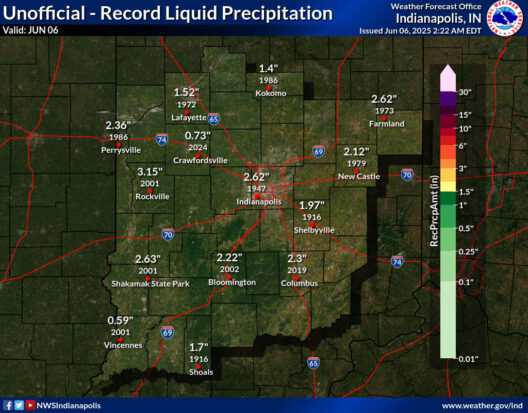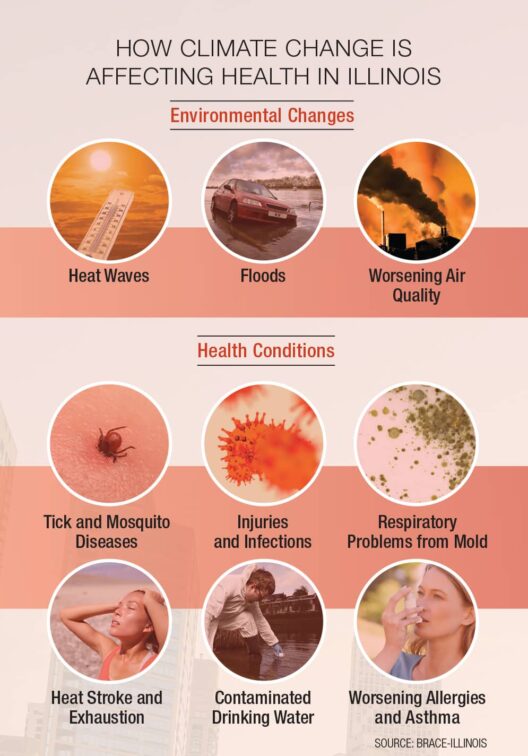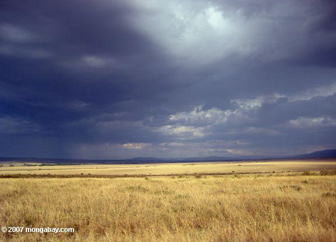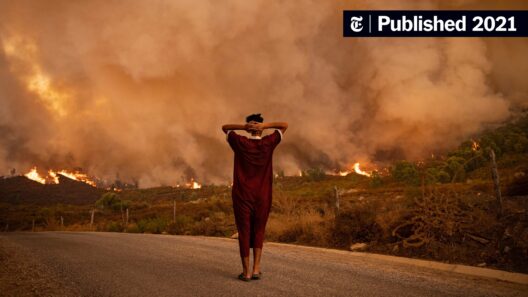The planet is unwell, afflicted by a fever that is altering the very fabric of our world. This fever, known as global warming, is not a distant phenomenon; it is palpably felt in every corner of the Earth. As humanity grapples with this dire reality, understanding the multifaceted impacts of climate change becomes imperative. Just as fever affects the human body in various ways, global warming disrupts environmental, economic, and social paradigms, leading us to confront the profound shifts that permeate our existence.
The symptoms of this fever are apparent in the dramatic rise in global temperatures. The Intergovernmental Panel on Climate Change (IPCC) warns that the Earth’s temperature has already increased by approximately 1.2 degrees Celsius since pre-industrial times. This seemingly minute rise belies its catastrophic implications. Ice sheets in Antarctica and Greenland are melting at unprecedented rates, contributing to rising sea levels, which threaten coastal communities worldwide. Here, the coastlines themselves are engendered in conflict: while nature erodes them, humanity struggles to reclaim land, forging artificial defenses that merely postpone the inevitable.
Moreover, the warming of our planet is akin to a cascade within an intricate ecosystem. As temperatures rise, so too do occurrences of extreme weather events—hurricanes, droughts, and wildfires have intensified, each a harbinger of climate instability. The Great Barrier Reef serves as a poignant metaphor for this suffering; once a vibrant tapestry of marine biodiversity, it is now a bleached shadow of its former self, under siege from warming waters and ocean acidification. The coral reefs, essential for marine life and coastal protection, are swiftly disappearing, symbolizing the loss of resilience that characterizes our changing environment.
The ramifications of global warming extend far beyond the realms of nature. They envelop societal frameworks and economic structures. The agricultural sector, for instance, is beleaguered by shifting climate patterns. Farmers are witnessing the fruit of their labor becoming unpredictable; crops that once thrived in temperate regions are struggling under the strain of heat and aridity. In regions like Sub-Saharan Africa, where subsistence farming sustains livelihoods, the dire threat of famine looms larger than ever before. With droughts turning fertile fields into barren wastelands, communities are frequently displaced, leading to climate migration—a phenomenon that echoes the ancient migratory patterns of humanity but is now steeped in desperation.
Water scarcity further complicates the narrative of climate change. Freshwater sources are dwindling as glaciers retreat and rainfall becomes erratic. The phenomenon of “water wars” is no longer relegated to hypothetical constructs; it is a looming reality as nations and regions clash over diminishing resources. The metaphorical standoff at water sources serves to illustrate a larger conflict rooted in scarcity and competition—a microcosm of the societal fractures exacerbated by environmental degradation.
Notably, global warming does not discriminate. Its impacts reverberate across socioeconomic strata, hitting the most vulnerable populations the hardest. Emerging markets, steeped in poverty, often possess limited resources to adapt to the growing multitude of climate-related challenges. While wealthy nations may flaunt technological advancements to combat environmental changes, the global South teeters on the brink of devastation. The juxtaposition of affluence and destitution amid climate turmoil paints a dual narrative that is both heart-wrenching and enraging.
The psychological effects of global warming should not be overlooked. As the reality of an unstable planet sinks deeper into collective consciousness, feelings of anxiety and despair pervade. The notion of “eco-anxiety” has emerged as people grapple with the weight of an uncertain future, sparking movements aimed at environmental awareness and action. This societal awakening is akin to a phoenix rising from the ashes; individuals and groups are galvanized to hold accountable those in positions of power, demanding immediate and effective responses to the climate crisis.
Innovative solutions must be woven into the fabric of our societal response to this crisis. Renewable energy technologies—solar, wind, and hydro—emerge as beacons of hope in the fight against climate change. Transitioning to a sustainable energy framework is not merely a choice; it is a moral imperative. Moreover, the call for a circular economy, one that repurposes and reinvents rather than perpetuates waste, could potentially redefine the relationship humanity has with nature. Just as a fever can signal a push towards healing, our current predicament calls for collective innovation and systemic revamps that honor the planet’s fragile ecosystems.
Ultimately, understanding the gravity of global warming compels a transcendent shift in perspective. The planet’s fever is a clarion call for action—one that urges humanity to confront its role as stewards of the Earth rather than mere inhabitants. Embracing environmental responsibility encompasses promoting conservation, reducing our carbon footprint, and advocating for transformative policies that prioritize ecological health. Together, we can navigate this treacherous landscape and strive for a harmonious balance, ensuring that we do not merely survive—but thrive in a world that respects and reveres its intricate connectivity.
In conclusion, as we witness the vivid consequences of global warming play out in real time, the choice is clear. It is a choice between complacency and activism—between despair and resilience. The metaphor of the planet’s fever serves as a poignant reminder of our shared responsibility to safeguard the future, not only for ourselves but for generations to come. It is time to recognize the intricate tapestry of life that hangs in the balance, urging us to act with urgency and compassion towards a sustainable restoration of our world.








